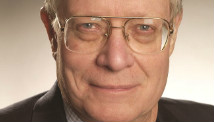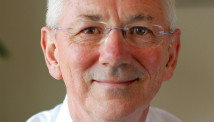PARIS (Reuters) - Stock index futures pointed to a lower open on Wall Street on Thursday, with futures for the S&P 500 down 0.22 percent, Dow Jones futures up 0.02 percent and Nasdaq 100 futures down 1.3 percent at 1014 GMT.
Shares of Apple Inc will be in the spotlight after the world's biggest tech company missed Wall Street's revenue forecast for the third straight quarter after iPhone sales came in below expectations, fanning fears that its dominance of consumer electronics is slipping.
Shares of the company traded in Frankfurt were down 8 percent early. They sank 10 percent to $463 in after-hours trade on Wall Street on Wednesday night, wiping out some $50 billion of its market value - nearly equivalent to that of Hewlett-Packard
A U.S. trade panel that specializes in patent disputes will review a potentially key decision in the patent fight between Samsung Electronics and Apple Inc over smartphones and tablets.
European shares were mostly flat in morning trade, as bullish economic data out of China offset Apple's weaker-than-expected figures which fanned earnings worries in the technology sector. <.eu/>
Noble Corp
Raymond James Financial Inc
Investors in U.S.-based mutual funds pumped $9.32 billion into stock funds in the week ended January 16, the second consecutive week of inflows for such funds, data from the Investment Company Institute showed on Wednesday.
Hard disk drive maker Western Digital Corp's
Japanese regulators have joined their U.S. counterparts in all but ruling out overcharged batteries as the cause of recent fires on the Boeing Co
Amgen Inc on Wednesday projected revenue for 2013 that exceeds Wall Street estimates and said it was on track to deliver on its 2015 forecasts well ahead of schedule.
Pamplona Capital Management, holder of 9.3 percent of Nabors Industries Ltd
Symantec Corp
SanDisk Corp's
Netflix Inc
Among the companies set to report results on Thursday feature Bristol-Myers Squibb
On the macro front, investors awaited weekly jobless claims, at 1330 GMT, Markit Manufacturing PMI for January, due at 1358 GMT, and December leading economic indicators, due at 1500 GMT.
The S&P 500 rose for a sixth day on Wednesday after stronger-than-expected profits from IBM
The Dow Jones industrial average <.dji> rose 67.12 points or 0.49 percent, to 13,779.33, the S&P 500 <.spx> gained 2.25 points or 0.15 percent, to 1,494.81, and the Nasdaq Composite <.ixic> added 10.49 points or 0.33 percent, to 3,153.67.
(Reporting by Blaise Robinson)


